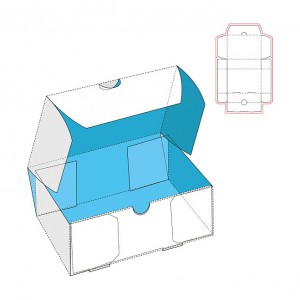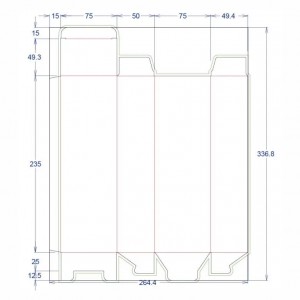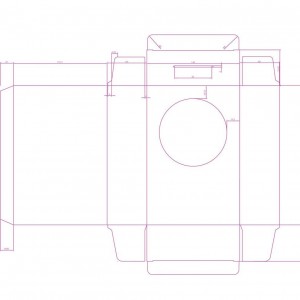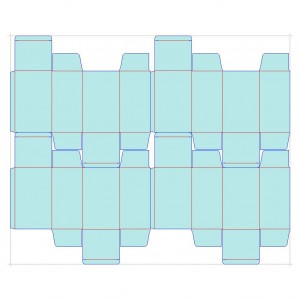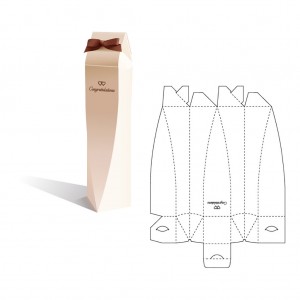When it comes to structural design and die line design projects, one of the most important considerations is the die line itself. A die line is essentially a template used to create a physical design or packaging. It is used to outline and measure the packaging so that the final product is accurate and ready for mass production. In this blog, we'll explore what to include in your diecutting line to ensure the success of your project.
First, the die-cutting line should include all critical dimensions of the product. This includes the height, width and depth of the packaging, as well as any variations or unique features that may be specific to your product. It is also important to ensure that your die line is scaled as this will allow for accurate design and production of the final product.
In addition to the overall size, the die-cut line should also include details such as fold lines, creases, and cut lines. This information is critical to successfully building the package as it provides the necessary assembly guidelines. For example, if your product requires folding or creasing for assembly, this information needs to be included in the die-cut line so that it can be accurately reproduced during production.
Another critical aspect of die cutting is the inclusion of bleed and safe areas. Bleed is the area of a design that extends beyond the edge of the printed product. This is important as it allows for any shifts or discrepancies in the printing process, ensuring that there are no white edges or blank areas on the final product. A safe zone, on the other hand, is an area within the stencil line that is slightly reduced to ensure that important information, such as a logo or text, is not cut off during production.
Finally, it is important to consider the use of samples when designing a die-cutting line. Samples can be an invaluable tool in ensuring designs are accurate and meet expected specifications. They can also be used to test different materials and printing methods to ensure the final product is of the highest quality.
In conclusion, dielines are a critical component of any structural design or dieline design project. Ensuring that your die-cutting line is accurate, scalable and includes all necessary details is critical to successfully producing packaging. Whether you're designing boxes, packaging, or any other product, addressing each of these elements will ensure the success of your project.
Post time: Jun-09-2023
